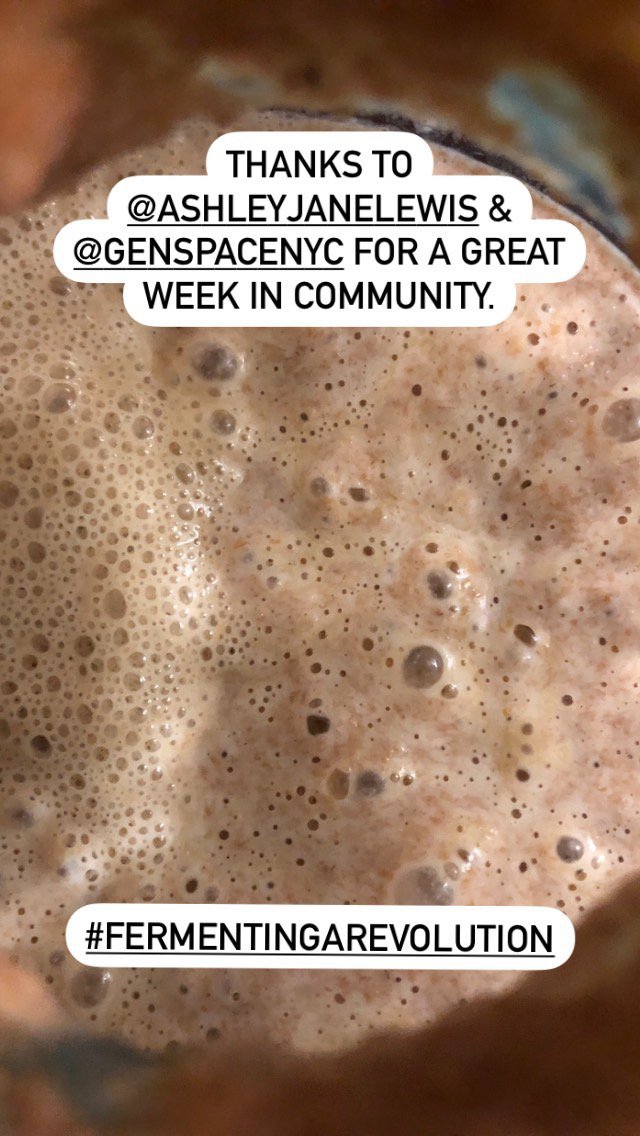Four years ago (a whole Olympiad) I wrote a blog post titled Embracing My Inner Renaissance Woman. This was after five years trying (& failing) to “niche down” and choose one creative career. All of the business classes said that would lead to success. But I wasn’t successful. I was depressed and burned out.
Stifling my curiosity had also suffocated my art.
When I began embracing my inner Renaissance Woman I let curiosity take the lead. I carved block prints, made autumnal crowns, learned to crochet, shot self portraits, gardened, cross stitched, painted, bought a kiln, and taught myself stop motion animation.
But it didn’t last.
The next year I was so hyperfocused on the podcast Kindle Curiosity that I overcommitted to a recording and upload schedule that left no time for the other projects.
The niching wasn’t intentional this time, but it happened all the same.
I spent hours and hours each week editing, writing show notes, and creating audio teasers. Interviews started in February and continued every other week through October which was a huge drain on this introverted and autistic soul. But all of the amazing people I invited said yes so I kept on recording.
Six months into podcasting I was expecting David. Burnout quickly became prenatal depression. My body and mental health deteriorated to the point I all I could do was prepare for the baby. I looked around at other expectant mothers who continued to work or create and I felt broken.
When David was born I had an amazing jolt of energy. (That’s when I drafted my book, founded NW Arkansas Mother Artists, and designed my Kindle Deck.) But as we locked down for COVID (when he was 10 months) my depressive symptoms came back with a vengeance.
But this time it wasn’t depression at all. It was autistic burnout caused by overstimulation and continuing to ignore my limits.
I finally realized I could not push through everything with sheer force of will.
It was becoming clear that COVID was not a short term situation so we ordered a shed to become my backyard studio & quiet place. That was a brilliant idea, but it took six months before it was finished (during which time my mental health continued to tailspin.)
When it was finally done in January there was all the promise of a fresh start. I would have mornings to myself while David went to half days at Montessori school. But we weren’t prepared for him to bring home every single strain of cold and flu in NW Arkansas. Because we are an immunocompromised household we caught everything. I really struggled with the decision to keep sending David to school, but we persevered. One of us was sick for 2-3 weeks out of each month from January to May.
It felt like it would never end.
During this time I was lucky to use my studio one morning a week. When Davy was in the studio with me I worked incrementally on a large weaving. When he was at school I plugged away at turning my first book chapter into a creative retreat.
Progress was so slow it felt nonexistent.
When I finally finished Mother, Interrupted in June it felt like a huge milestone.
In the time that followed I began to feel like myself again. I made pottery, started a soft sculpture, recorded podcasts & YouTube videos, carved a studio sign, learned to shoot 360 VR, started art therapy, launched a creative retreat, and discovered the Messy Middle.
Around this time my artist mother friend Jocelyn Mathewes commented, “You are doing all the things!”
And I realized I was back!
This is me.
Embracing my inner Renaissance Woman.
This is the creative ecosystem that I thrive in.
My neurodivergent synapses love making connections between multiple projects and weaving them together. Starting projects and letting them simmer away on a back burner.
I want to start talking about this again! About being multipassionate artists. A lot of us feel guilty if we jump between projects. But having multiple passions doesn’t mean that you’re shiftless or uncommitted to your art.
And here’s the proof:
Six months of inconsistent weaving, writing, and haphazardly throwing literal seeds into my garden ultimately led to a finished weaving, a creative retreat, and a billowing wave of Cosmos blowing among the weeds in my garden bed.
Having multiple projects on the go actually enabled me to pursue my creativity in the tiny pockets of time that I had.
If I had instead tried to write (or weave) consistently each & every day I would have felt like a giant failure and probably given up altogether.
Let’s make space for multidisciplinary magic. ✨
Let’s be Renaissance Women.
P.S. If you have a Renaissance Woman spirit, but are finding it hard to create at the moment I see you. Don’t give up. Make when you can & take care of yourself. 💕
P.P.S. Men too obviously, but men are often given permission to pursue their interests in a way that women are not. There’s a reason you’ve only heard of a Renaissance MAN. 🙄











































